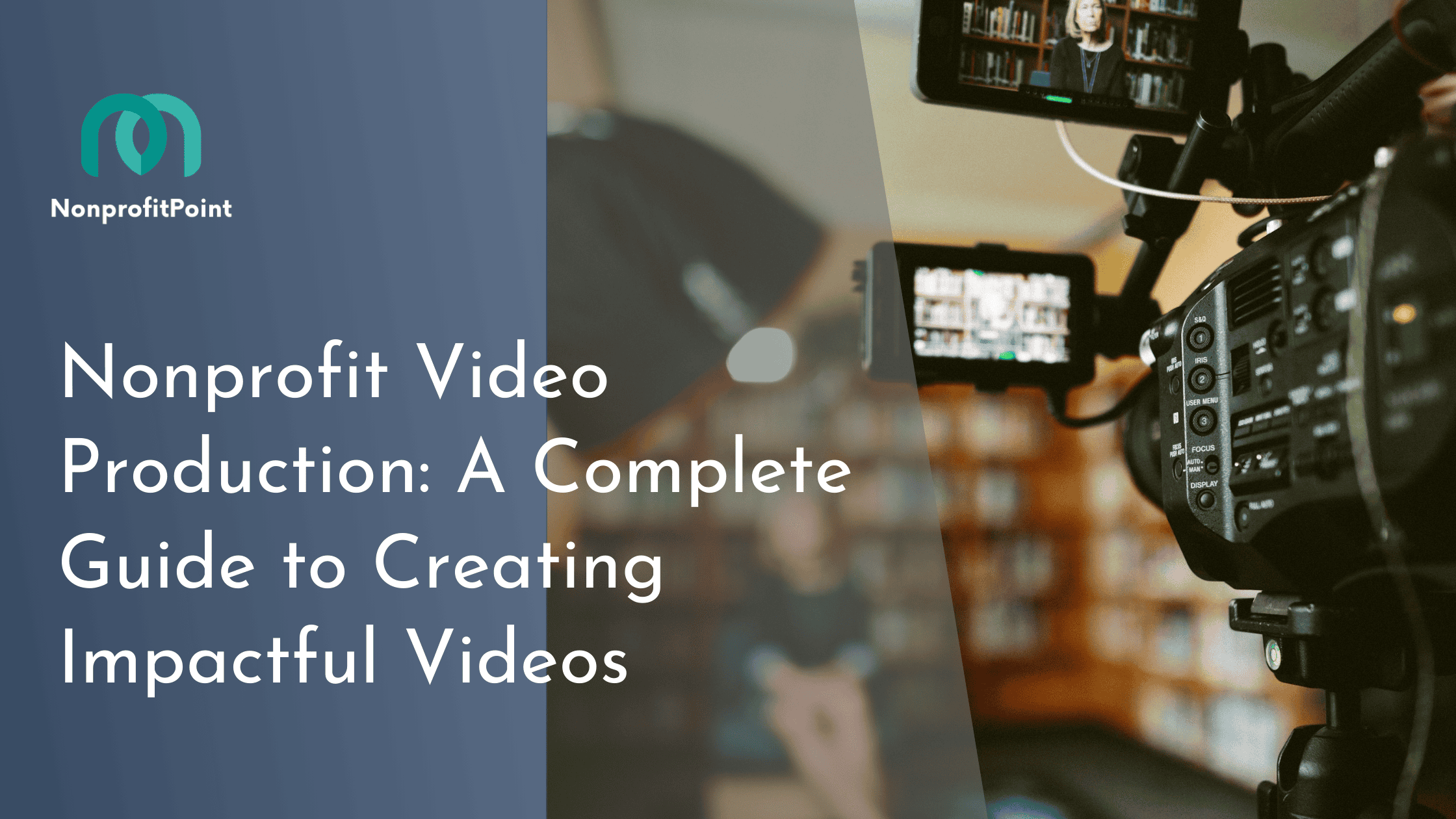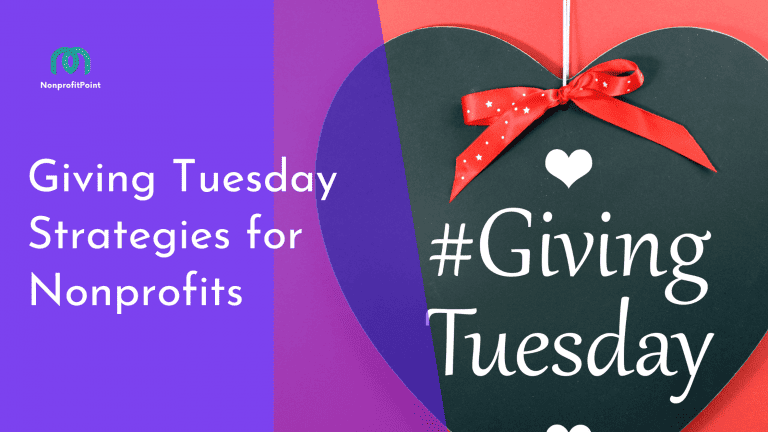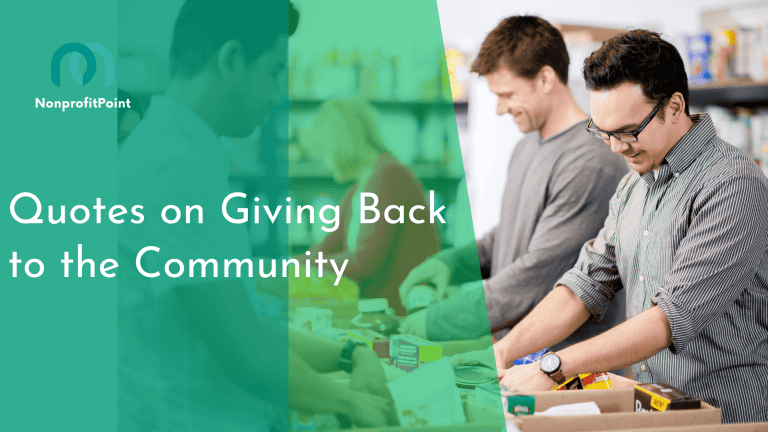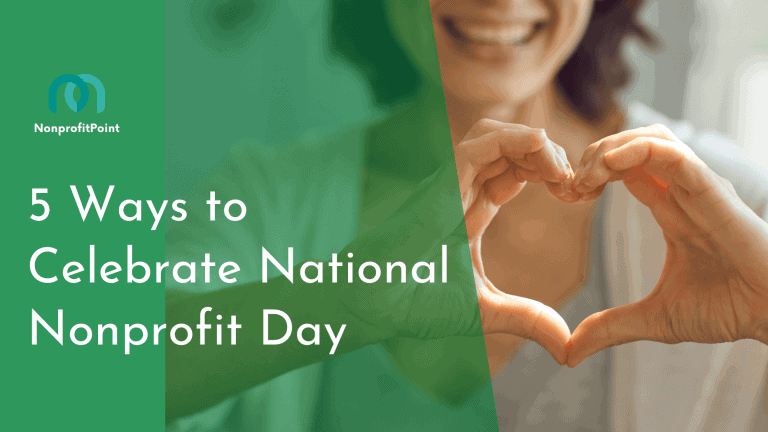Nonprofit Video Production: A Complete Guide to Creating Impactful Videos
Nonprofit Video Production: A Complete Guide to Creating Impactful Videos
Nonprofit videos are powerful tools to connect with donors, share your mission, and inspire action. Here’s how to create impactful videos step-by-step:
- Plan Your Video: Set clear goals (e.g., increase donations), know your audience, and craft a memorable story.
- Produce with Care: Write a strong script, use proper lighting, clear audio, and steady shots. Include B-roll footage to add depth.
- Edit for Engagement: Create a compelling story arc, use smooth transitions, and ensure accessibility with captions and transcripts.
- Share Strategically: Tailor videos for platforms like YouTube (long-form), Instagram (short clips), and email. Boost reach with social media and paid ads.
Videos can boost donations by 57% and increase engagement when done right. Focus on storytelling, accessibility, and platform-specific strategies to maximize impact.
Video Production for Nonprofits: A Guide to Telling Your Story with What You Have
Step 1: Video Planning Basics
Before jumping into production, proper planning is key to making your nonprofit video impactful. Research shows that 57% of people who watch a nonprofit video end up donating, so it’s important to start with a solid foundation.
Setting Clear Video Goals
Tie your video’s purpose to your organization’s mission and set measurable targets. For example, aim to boost donations by a certain percentage or attract a specific number of new donors.
“You can decide how to inspire action in your viewers once you’ve decided what you want to accomplish.” – Fundraising Blog for Nonprofit, Educational, and Faith-Based Organizations.
Your goals might include spreading awareness (monitored through views and shares), increasing donations (tracked by contribution size), or encouraging supporter engagement (measured by sign-ups or event attendance).
Identifying Your Viewers
Did you know 39% of people research a nonprofit within 24 hours of watching its video? To reach the right audience, think about their demographics, interests, and where they prefer to watch videos – whether that’s on social media, YouTube, or your website.
Building Your Story
Stories stick. In fact, they’re 22 times more memorable than just sharing facts or stats. Focus on one person’s journey: highlight the challenge they faced and how your nonprofit stepped in to help. Enhance your story with statistics and testimonials that showcase the real difference your organization is making.
Once your plan is in place, you’ll be ready to move on to production and bring your vision to life.
Schedule a free consultation with nonprofit video expert
At Happy Productions, we help nonprofits use video to create volunteer spotlights.
Schedule Free ConsultationStep 2: Video Production Steps
With your plan ready, it’s time to bring your nonprofit’s story to life through video. Here’s how to create content that connects with your audience and feels professional.
Script Writing Guide
A strong script is the backbone of your video. It should introduce a problem, highlight how your nonprofit addresses it, and finish with a clear call to action. As Atdhe Trepca from Happy Productions puts it, “The key to donor retention is showing supporters the direct impact of their contributions through powerful storytelling.”
Here’s what to focus on when crafting your script:
- Start with a hook to grab attention in the first 10 seconds.
- Use simple, conversational language.
- Add emotional moments to create a connection with viewers.
- End with a clear and actionable request.
Once the script is ready, your visuals and audio need to match its quality.
Filming Tips and Techniques
You don’t need fancy gear to create a great video, but you do need to pay attention to a few basics:
- Lighting Setup: Use natural light when possible. Position subjects to face windows and avoid harsh overhead lighting.
- Sound Recording: Pick quiet locations, use a basic lavalier microphone for interviews, and test audio levels before filming.
- Camera Work: Keep shots steady with a tripod, frame interviews using the rule of thirds, and make sure the focus is sharp before you hit record.
After capturing your main footage, add depth to your story with B-roll.
Using B-Roll Footage
B-roll footage brings your story to life by showing your work in action. It adds variety, keeps viewers engaged, and provides context.
“B-Roll footage can add visual interest, break up interviews, and provide context to the story. This helps keep viewers engaged and makes the video more dynamic” [2].
Think about filming volunteers at work, people benefiting from your services, or community events that showcase your efforts. Focus on capturing real moments, interactions, and the visible impact of your mission.
Step 3: Video Editing Guide
Turn your raw footage into a polished video that grabs attention and motivates action.
Editing for Impact
Create a story arc that keeps viewers hooked from beginning to end. Ian Hayes from Figmints explains: “Video production allows nonprofits to vividly showcase their mission and real-world impact” [2].
Here are some tips to refine your story during editing:
- Combine quick cuts with longer shots to set the emotional tone.
- Use smooth transitions and varied pacing to keep the video engaging.
- Let impactful moments resonate by incorporating natural sound pauses.
If you’re just starting out, try beginner-friendly tools like DaVinci Resolve (free) or Adobe Premiere Pro (paid) [1].
Once your video flows effortlessly, take steps to ensure it’s accessible to all.
Making Videos Accessible
Adding accessibility features can make a huge difference. For instance, captions alone can increase watch time by 12% [2].
| Accessibility Feature | Purpose | Tips for Implementation |
|---|---|---|
| Closed Captions | Supports viewers who are deaf or hard of hearing | Use auto-captioning tools, then edit for accuracy |
| Audio Descriptions | Assists visually impaired audiences | Narrate key visuals during natural pauses |
| Transcripts | Provides a text version of the video | Include speaker names and sound effects for clarity |
With accessibility covered, focus on adapting your video for different platforms.
Format Guide by Platform
Customizing your video for each platform improves engagement. Different platforms require different approaches to connect with their audiences.
YouTube
- Ideal length: 7-15 minutes for in-depth content
- Add end screens and cards to encourage actions like subscribing or visiting your website.
- Use vertical formats (9:16) for Stories and Reels.
- Keep Stories under 15 seconds and Reels under 90 seconds.
- Stick to videos under 2 minutes.
- Use eye-catching thumbnails to encourage clicks.
- Host on platforms like Vimeo for smooth playback.
“The key to successful video editing is understanding your platform’s requirements and your audience’s viewing habits. What works on YouTube won’t necessarily work on Instagram Stories” [2].
Step 4: Sharing Your Video
Make sure your video reaches the right audience by using smart distribution strategies.
Choosing the Right Platforms
Pick platforms that align with your nonprofit’s mission and where your audience is most active. Atdhe Trepca, founder of Happy Productions, emphasizes, “Nonprofits need to focus on platforms where they can reach deeply engaged supporters who will become long-term donors.”
| Platform | Ideal Use Case | Best Content Types |
|---|---|---|
| YouTube | Long-form content, SEO | Educational videos, impact stories |
| Visual storytelling | Reels, Stories, behind-the-scenes clips | |
| Building community | Live streams, fundraising campaigns | |
| Professional connections | Impact reports, organizational updates |
Tips for Social Media Growth
Effective social media sharing can increase your video’s reach and engagement. Make every post reflect your nonprofit’s mission and create stories that connect emotionally with your audience.
When and How Often to Post
- Post regularly during times when your audience is most active (2-3 times a week).
- Break longer videos into shorter clips to share across platforms.

Boosting Engagement
- Respond to comments quickly to keep the conversation going.
- Use hashtags and tag collaborators or partners to expand your audience.
Using Paid Promotion
Happy Productions advises starting small with paid ads and testing different strategies before investing more heavily in what works.
Facebook and Instagram Ads
- Target potential donors based on their interests and behaviors.
- Use your email list to build precise custom audiences for your campaigns.
YouTube Ads
- Place in-stream ads before related content to capture attention.
- Use skippable ads to reach users interested in charitable causes while keeping costs manageable.
Conclusion: Next Steps
Creating nonprofit videos that leave a lasting impression takes thoughtful planning, strong execution, and smart distribution strategies. As Atdhe Trepca from Happy Productions puts it, the goal is to create content that builds “long-term relationships that withstand the test of time” with your supporters.
Track and Evaluate Performance
Look beyond views and likes – focus on conversion metrics like donations or volunteer sign-ups to measure success. By studying these numbers, you can fine-tune your strategy and produce videos that resonate even more with your audience.
Get the Most Out of Your Content
Repurpose your videos into bite-sized clips for social media, blog posts, or email campaigns. This approach helps you stretch the value of your content while reaching people across different platforms.
Streamline and Scale
Use collaborative tools to improve workflows, maintain quality, and manage costs. A well-organized process allows your nonprofit to consistently produce videos that inspire action without overextending resources.
Engage Your Supporters
Use videos to tell compelling stories that connect with donors on an emotional level. Show them how their contributions make a real difference, keeping them invested in your mission.
At its core, creating impactful videos is about building trust and showing supporters the change they help create. With this focus, your nonprofit can develop a library of content that continues to drive engagement and support.






